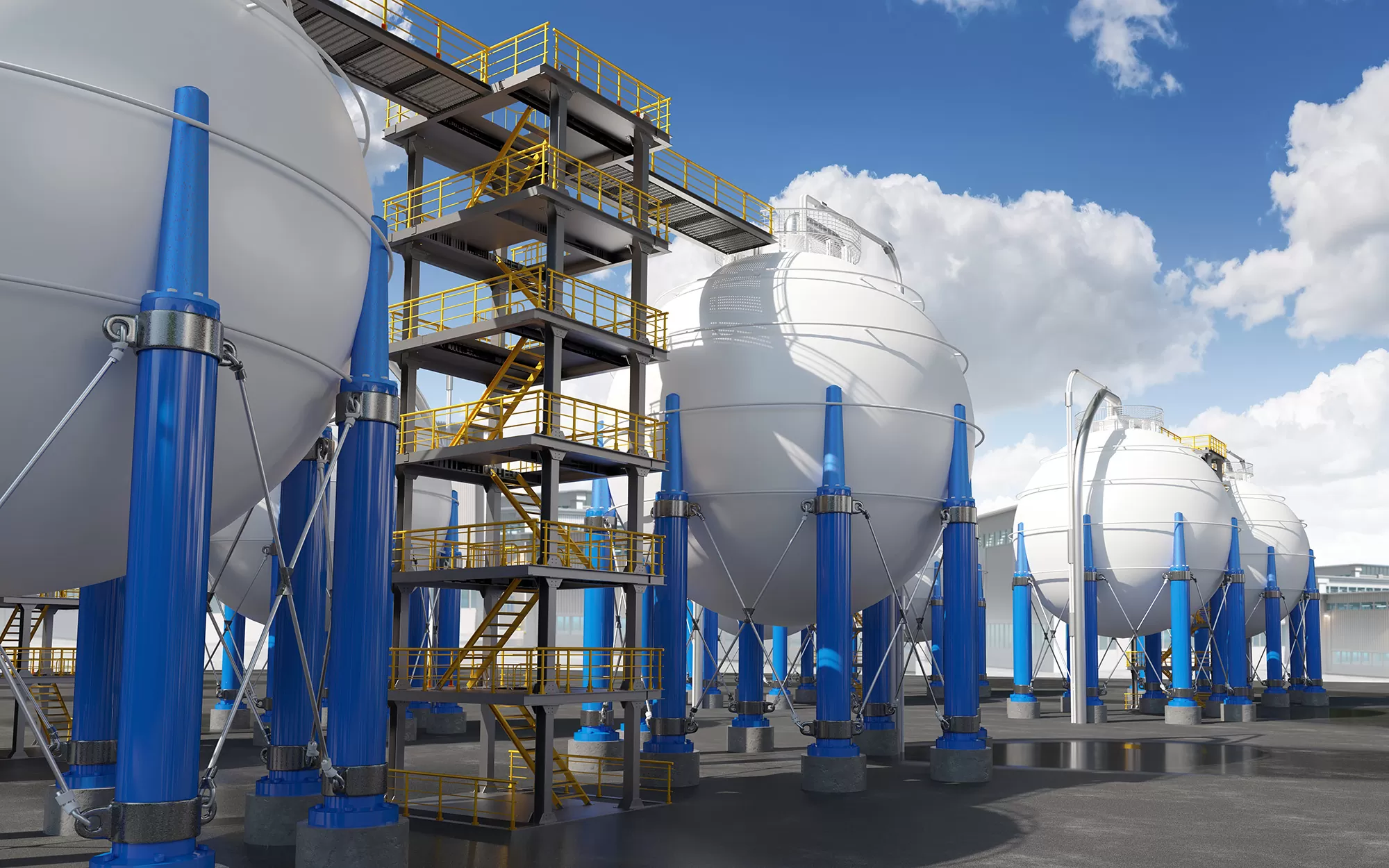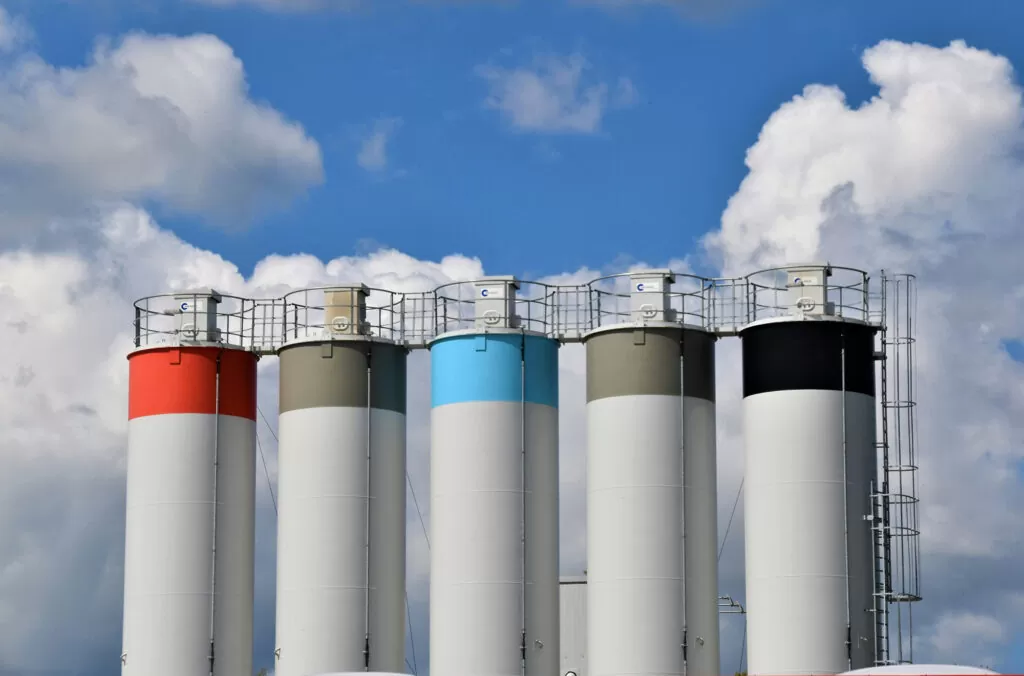ATHERINOLAKKOS

Can green hydrogen revolutionise transportation, turning it into a sustainable sector and significantly reducing carbon emissions?
Atherinolakkos stands out for its transition into a Hydrogen Valley, a transformation led by the project Crete-Aegean Hydrogen Valley (CRAVE-H2), that we actively contribute to, enhancing efficiency and effectiveness.
Contacts
Can green hydrogen revolutionise transportation, turning it into a sustainable sector and significantly reducing carbon emissions?
Atherinolakkos stands out for its transition into a Hydrogen Valley, a transformation led by the project Crete-Aegean Hydrogen Valley (CRAVE-H2), that we actively contribute to, enhancing efficiency and effectiveness.

About ATHERINOLAKKOS
Situated on the southeastern coast of Crete, Atherinolakkos is known for having become a Green Hydrogen (H2) Valley. The planned hydrogen production facility will annually produce hydrogen using renewable electricity from dedicated photovoltaic plants and, in the future, from the Ten Year National Development Plan “Greece Africa Power Interconnector (GAP)” which will supply the IPTO and HEDNO grid with low-cost electricity from renewable solar parks based in Egypt.
Hydrogen production contributes to energy flexibility, addresses seasonal energy demand surges, and reduces the island’s reliance on oil-dependent generators, thus lowering GHG emissions. Since hydrogen production will be powered by the Greece-Africa power interconnection, allowing for cost-effective PV power to be introduced into the Greek (and via that to the European) electricity and hydrogen market, the project has attracted great attention from European authorities as a promising cross-border project.
The community’s need
The area of Atherinolakkos requires in particular indoor space heating.
Our solution
We will expand the potential applications of green hydrogen generated by the CRAVE-H2 project by securing additional hydrogen fuel cell electric buses. This will showcase the effective use of hydrogen in the transportation sector and its capacity for reducing carbon emissions. Another demonstration of hydrogen’s versatility is its use in fuel cells for electricity production, powering EV (electric vehicles) chargers and supplying green electricity to the grid, meeting nearby communities’ heating and electrical needs.
Additionally, the project will seek to advance the operation of EV chargers to support vehicle-to-grid (V2G) applications.
Community composition
60 residential and commercial buildings










